 At the ACMA Auto Technology Partnership Summit and Expo 2021, the focus was on harnessing the Indian automotive opportunity. Team ACI gets you the key insights from the three-day virtual congress.
At the ACMA Auto Technology Partnership Summit and Expo 2021, the focus was on harnessing the Indian automotive opportunity. Team ACI gets you the key insights from the three-day virtual congress.
The Automotive Component Manufacturers Association of India (ACMA) concluded a successful edition of the Auto Technology Partnership Summit and Expo 2021. Aimed at harnessing the Indian automotive opportunity, the three-day virtual congress held earlier this year witnessed participation from ACMA counterparts in Japan, Europe and North America. A series of sessions had the stakeholders highlight investment avenues and opportunities in the Indin market. Supported by the Ministry of Commerce, Government of India, the Society of Indian Automotive Manufacturers (SIAM) and Automotive Industry Associations from Canada, USA, UK, Germany and Japan to name a few, there were several key takeaways.
Speaking on the sidelines of the ‘Europe Day’, Anjali Singh, Executive Chairperson of ANAND Group India gave a backdrop of the Indian automotive industry emerging stronger after bracing an unprecedented set of disruptions in the first half of the fiscal year 2021. “The industry through agility flexibility and financial discipline registered a turnover of USD 50 billion. Exports accounted for USD 14. 5 billion in the FY2020 registering at a Compounded Average Growth Rate (CAGR) of eight per cent over the last six years. Mukta Dutta Tomar, Ambassador of India to the Federal Republic of Germany cited the scale of the automotive industry as the largest industry sector in Germany with a 20 per cent contribution to the total industry run.
Leverage strengths
Responsible for supporting German companies to set up in foreign countries, German Trade and Investment (GTAI), in a statistic, valued automotive exports at over 13 per cent of the overall exports pie in 2019. Automotive exports account for the largest share of exports. Known to account for one-third of the global R&D expenditure, Germany as per a German Association of the Automotive Industry (VDA) study, exports expanded in April 2021, with 252,000 passenger cars (+1011 per cent) exported. On a year-to-date basis, 968,500 passenger cars (21 per cent) were sold worldwide. Even though the shortages in the supply of semiconductors are known to be holding back a greater degree of production, in better times, the German automotive sector earns an estimated USD 150 billion as per Ambassador Tomar. “It is essential that Indian manufacturers recognise their strength and prepare themselves to meet the more stringent requirements of the future,” she remarked.



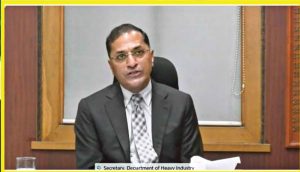
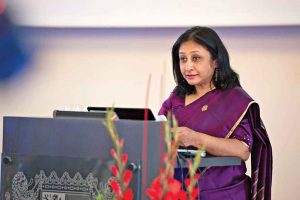
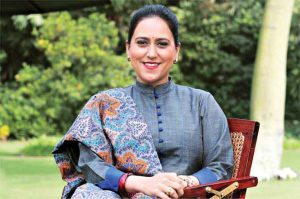
Referring to the intergovernmental consultations co-chaired by Prime Minister Narendra Modi and Chancellor Angela Merkel in November 2019, she drew attention to the opportunities waiting to be tapped in emobility, Industry 4.0, Artificial Intelligence (AI) and digitisation deemed crucial to the bilateral cooperation between the two nations. Of the opinion that the necessary stimulus from government policies has been received, Tomar made a case for the impetus laid on promoting ‘Make in India’ among others interventions. For instance, the Performance Linked Incentives (PLI) scheme has been expanded to include priority sectors like Advanced Chemistry Cell (ACC) at an Rs.18,000 crore outlay, expected to draw an investment of Rs.18,100 crore besides electronics among 10 sectors on the whole. “These policies complement the existing schemes, like the FAME II outlay for reducing the acquisition cost of electric vehicles,” she mentioned.
Backing Ambassador Tomar on the Government of India willingness to support the automotive industry, Arun Goel, Secretary, Department of Heavy Industry and Public Enterprises, Government of India, made a case for the automotive industry getting the attention it deserves. “Contributing seven per cent of the seven per cent to the GDP and making up 49 per cent of the manufacturing GDP, India’s automobile sectors offers employment to the tune of 37 million. It accounts for nearly two per cent of India’s exports,” he expressed. “Auto components alone contribute 2.3 per cent to India’s GDP, employing an estimated five million people,” he added. Goel expressed concern over the shallow penetration of India given the rate of ownership pegged at 28 vehicles per 1000. “It highlights a high growth opportunity,” he quipped.
Speaking on electric vehicles, Goel opined it was just the beginning. “The Government of India is pushing it through various schemes. Recently in the budget, the Indian government announced a PLI scheme for the sector with a total outlay of Rs.57,042 crore. For instance, electronics under the scheme has been allocated Rs.5000 crore,” said Goel. Lauding the industry for its high level of indigenisation, he urged the industry to prepare for emerging challenges and called for wide-scale upgradation to adhere to global best practices. He assured the industry extended support in terms of the government encouraging R&D within the country and supporting the industry with multiple Centre of Excellence (CoE) to support automotive clusters.
Looking out for opportunities To make a case for India as the world’s ‘China + 1’ strategy if not a 100 per cent alternative and for India to live up to its potential
 of a large, segmented and attractive OEM destination, Anandi Iyer, Director, Fraunhofer Gesellschaft, India Office, called upon the industry to shape up a cohesive and symbiotic relationship between suppliers and OEMs. Lauding India’s supply chain capabilities and quality as world-class, Iyer gave the example of several of India’s small and medium enterprises having won the Deming as a testimony. She also spoke of the need to build an innovation cluster similar to the ones in over 28 sectors, in Germany and in many parts of the world, including China, Indonesia, Japan, and Korea. Iyer cited how the entire value chain needs to closely cooperate to accelerate the go-to-market strategy. “This is a wonderful instrument that has proven to shave off four to six years in the deployment of technologies, purely because you take a technology readiness of three to four and bring it to a technology readiness of eight to nine on a scale of 10 in the shortest period of time by working towards a shared objective,” she opined.
of a large, segmented and attractive OEM destination, Anandi Iyer, Director, Fraunhofer Gesellschaft, India Office, called upon the industry to shape up a cohesive and symbiotic relationship between suppliers and OEMs. Lauding India’s supply chain capabilities and quality as world-class, Iyer gave the example of several of India’s small and medium enterprises having won the Deming as a testimony. She also spoke of the need to build an innovation cluster similar to the ones in over 28 sectors, in Germany and in many parts of the world, including China, Indonesia, Japan, and Korea. Iyer cited how the entire value chain needs to closely cooperate to accelerate the go-to-market strategy. “This is a wonderful instrument that has proven to shave off four to six years in the deployment of technologies, purely because you take a technology readiness of three to four and bring it to a technology readiness of eight to nine on a scale of 10 in the shortest period of time by working towards a shared objective,” she opined.
Dr Christian Foltz, the Partner, PwC Strategy & Germany credited India for keeping pace with the global automotive trends on electrification and effective connectivity. “India is amongst the five largest global auto manufacturing nations and the largest tractor manufacturer in the world,” he exclaimed. “The Indian automotive industry has shown robust growth over the last 10 years. But so far, I feel that India has strongly focussed on its own market. It is now time to look out for opportunities. The four major blocks that need to be addressed are supply chain and logistics, managing workforce and productivity, working capital and customer demand,” he explained. He advocated the need for working towards attaining flexible sourcing or localisation mechanisms, for instance, localisation of key modules and electronic assemblies. He also called upon the stakeholders to build in-house software capabilities and make way for investments on the same lines. Dr Folts, however, admitted to nations the world over including India needing time until 2022-23 to overcome the Covid-19 induced disruptions before getting on with the accelerated approach.
Mike Hawes, Chief Executive Officer at the Society of Motor Manufacturers and Traders touched upon the opportunities for the Indian automotive industry in the United Kingdom post-Brexit. “There is a great relationship between the UK and India and we must build on that. Our collective automotive trade between both countries is valued at approximately GBP 217 million,” he stated. Drawing attention to the UK automotive industry’s large scale of operations that have made it the second-largest new car market and the fourth largest automobile manufacturer in Europe, Hawes gave the example of diverse and large transnationals investing in production. He also presented a funding landscape to the attendees demonstrating the automotive R&D ecosystem and cross-sector use of technology coming together as a whole that the country could model on. Didier Sepulche de Condé, Vice-President, FIEV spoke of the India connect. “A lot of French companies are active in India and manufacturing there. The French industry has been working with India for a very long time and I believe we will have many new opportunities to support Indian suppliers,” he mentioned.
Sachin Kulkarni, Co-Chairman – Sourcing Group, SIAM and Head Purchase Production Materials, Skoda Auto allayed fears of a slowdown in the pace at which the industry was growing. “The world is going through the now profound transformation, especially in terms of sustainable urbanisation and then digitalisation. Things are going to change and probably India will emerge as one of the biggest markets for export,” he opined. Julian Jix, Project Lead, The German Indian Startup Exchange Program (GINSEP) cited the potential of startups as a representative of the platform said to be the connecting link between startups from both nations looking to explore each other’s respective markets. Mobility happens to be an organic focus here, he exclaimed.
Taranjit Singh Sandhu, Ambassador of India to the US spoke of the opportunity at hand with the US looking to shift to reliable supply chains. He urged the Indian automotive industry to identify components, especially one’s where companies believe they have a competitive edge. Dr Laxmi Venu, Lead ATPSE Core Committee, ACMA and Joint Managing Director at Sundaram Clayton committed to scaling electric mobility in India at a faster pace and expressed willingness to partner with companies from the United States to realise the full potential. Dr Wilfred Aulbur, Sr. Partner, Roland Berger lauded the Indian companies for turning into a successful business. Especially ones that combined Japanese and Western processes and qualities with Indian ingenuity. Kaushik Bhupendra, Associate Director, Procurement/Head of Global Sourcing, Navistar Inc lauded the progress made by Indian companies on the quality front. He, however, touched upon the need to invest in technology pertaining to Industry 4.0 if the companies referred were to realise the full growth potential.
Aftermarket sourcing
Paul T. McCarthy, President & COO, AASA shed light on the future of aftermarket sourcing. He urged companies to prepare for a complex multi-country aftermarket production base. He also urged them to look beyond just contract manufacturing to shape up new partnerships and joint ventures. In the entire equation, McCarthy also highlighted the role of tier2 and tier3 companies terming their roles crucial for the country’s competitiveness. ACI
Anjali Singh,
Executive Chairperson of ANAND Group India
Mukta Dutta Tomar,
Ambassador of India to the Federal Republic of Germany
Arun Goel, Secretary, Department of
Heavy Industry and
Public Enterprises,
Government of India
Anandi Iyer,
Director, Fraunhofer Gesellschaft, India Office
Dr Christian Foltz,
the Partner, PwC
Strategy & Germany
Mike Hawes,
Chief Executive Officer
at the Society of
Motor Manufacturers
and Traders
Didier Sepulche de Condé, Vice-President, FIEV
Sachin Kulkarni,
Co-Chairman- Sourcing Group, SIAM and Head
Purchase Production Materials, Skoda Auto
Julian Jix,
Project Lead,
The German Indian Startup
Exchange Program (GINSEP)
Taranjit Singh Sandhu, Ambassador of
India to the US
Dr Laxmi Venu,
Lead ATPSE Core
Committee, ACMA and
Joint Managing
Director at Sundaram Clayton
Dr Wilfred Aulbur,
Sr. Partner, Roland Berger
Kaushik Bhupendra, Associate Director, Procurement/Head of Global
Sourcing, Navistar Inc
Paul T. McCarthy,
President & COO, AASA
For representation purpose only


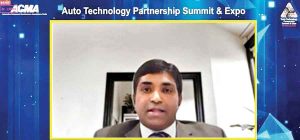

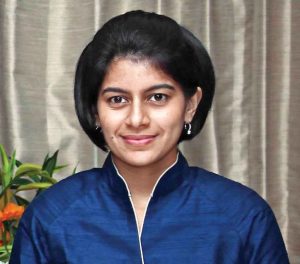


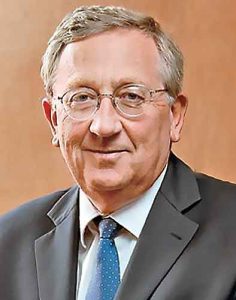


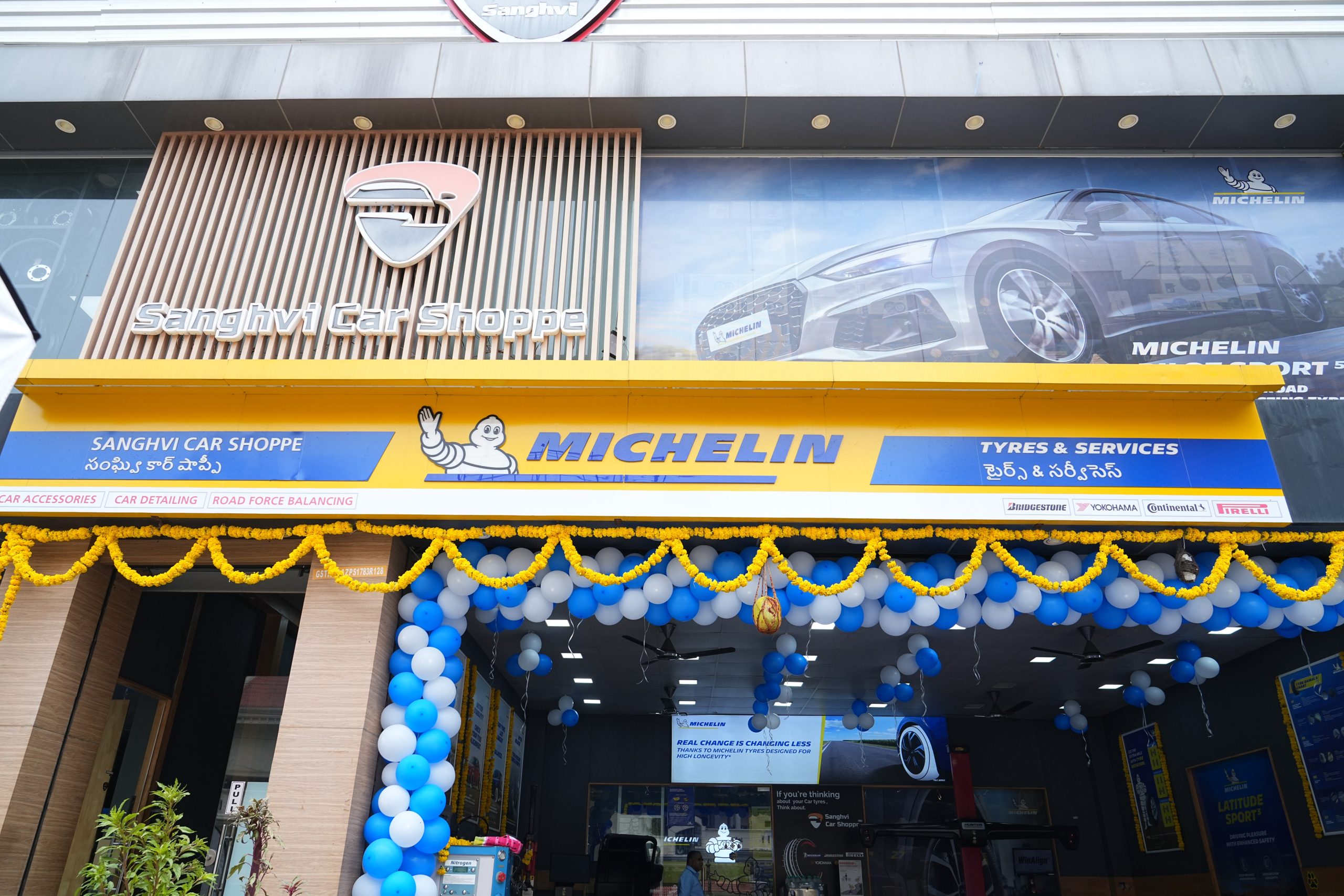
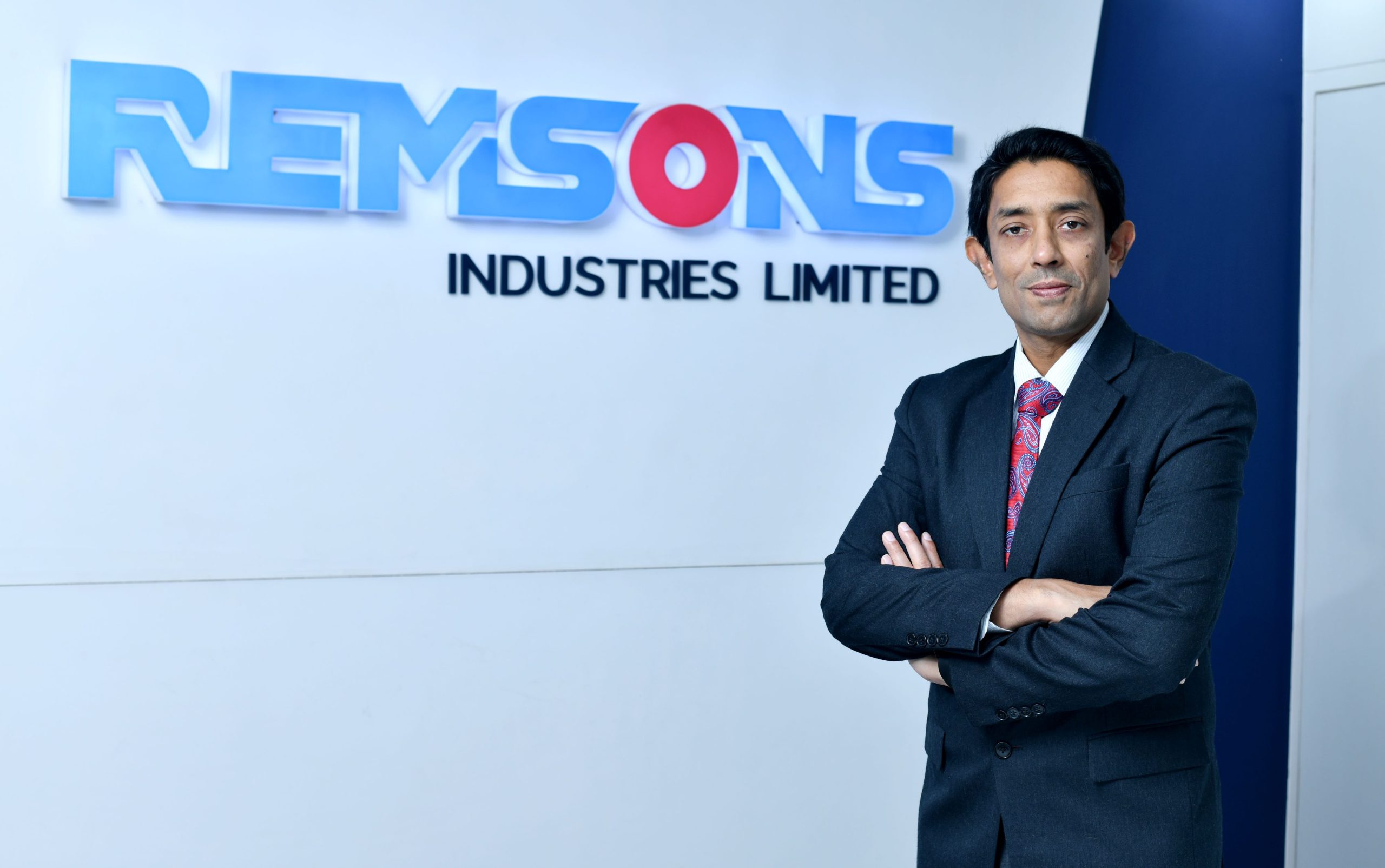
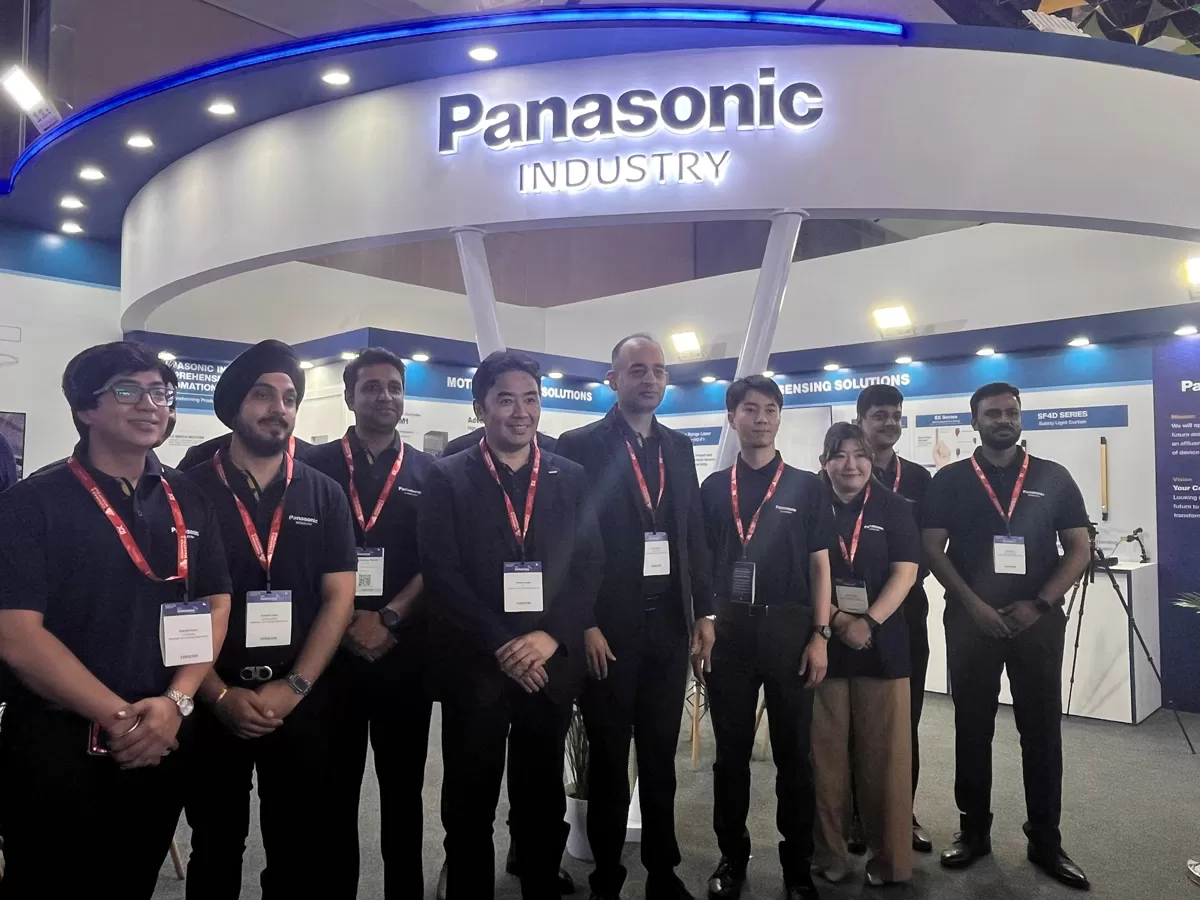


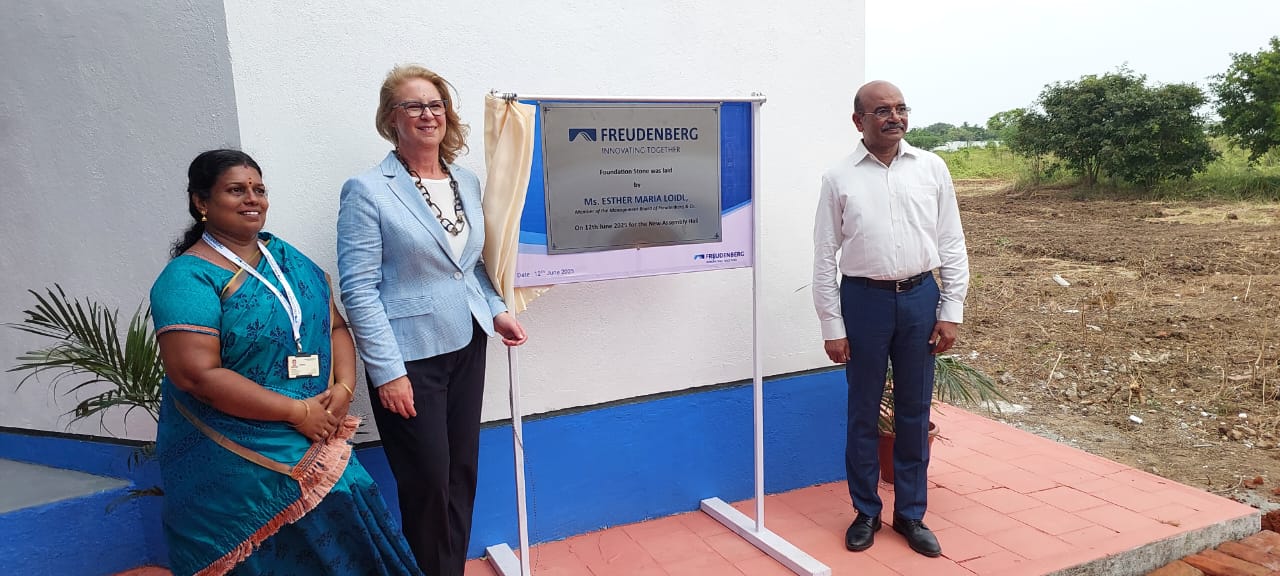

Leave a Reply